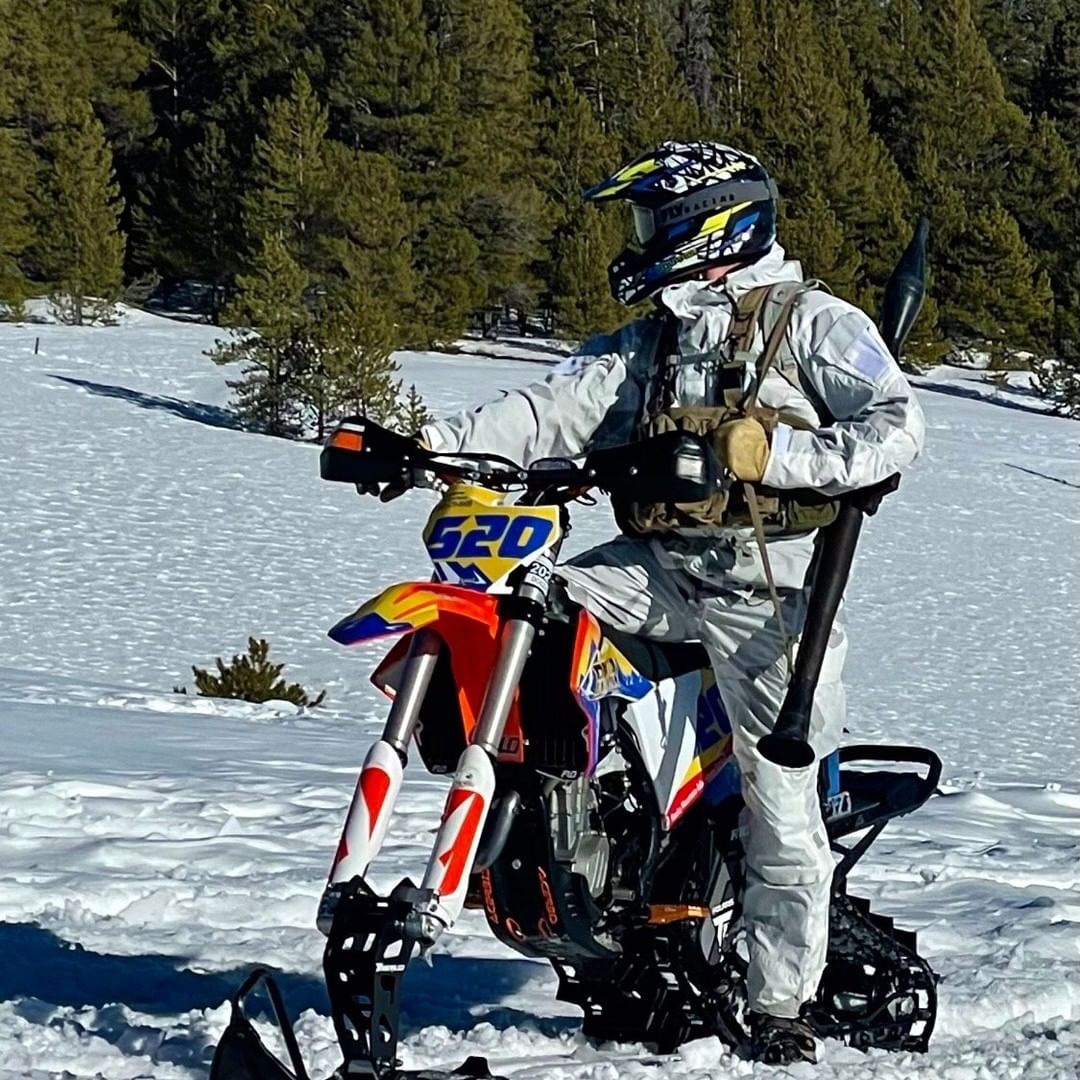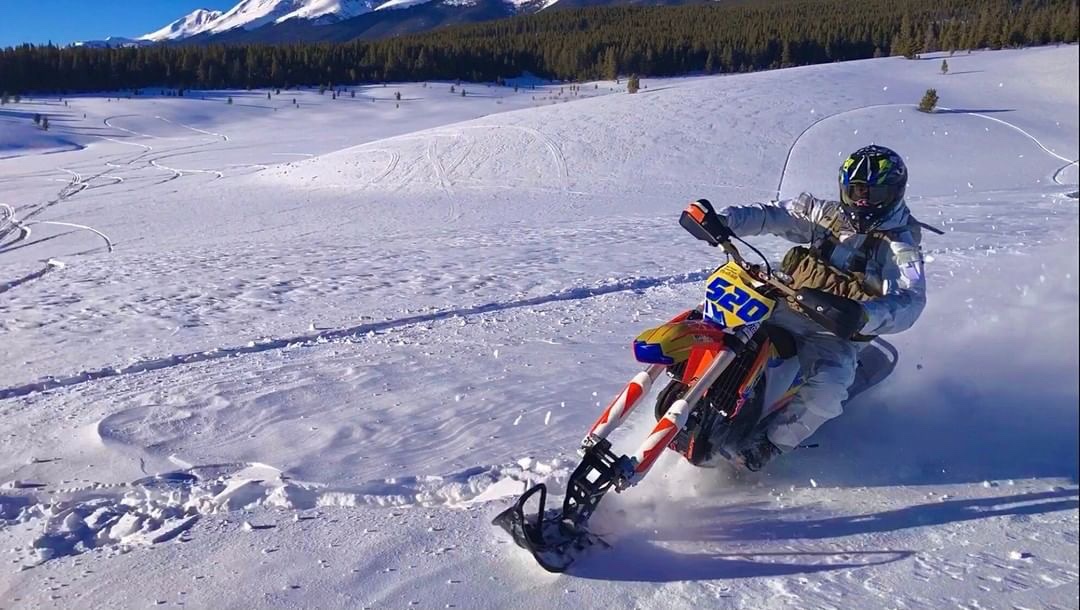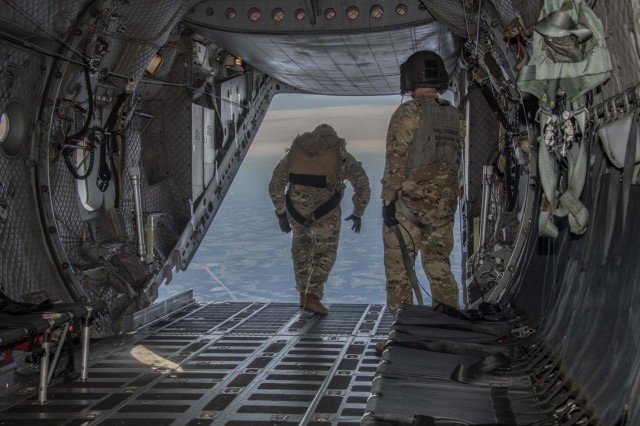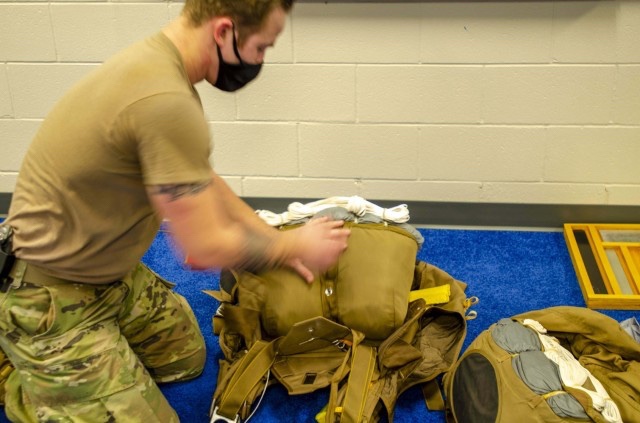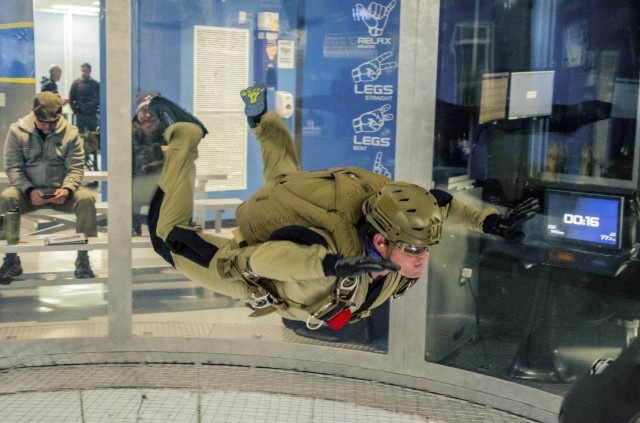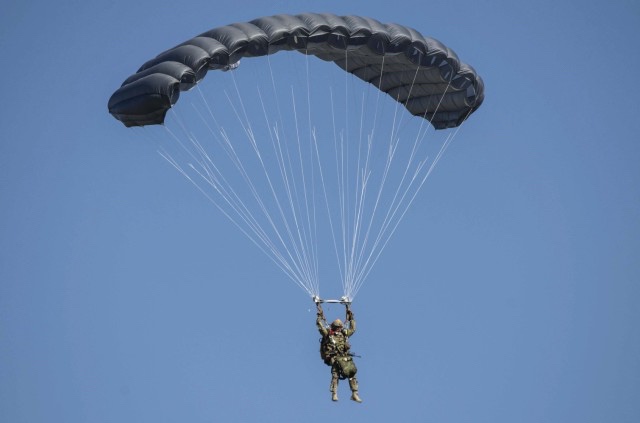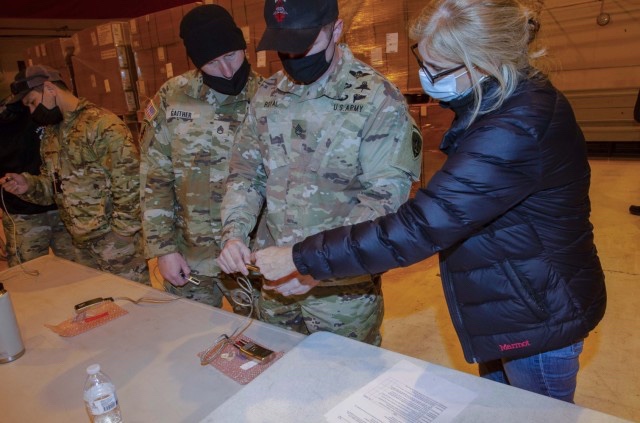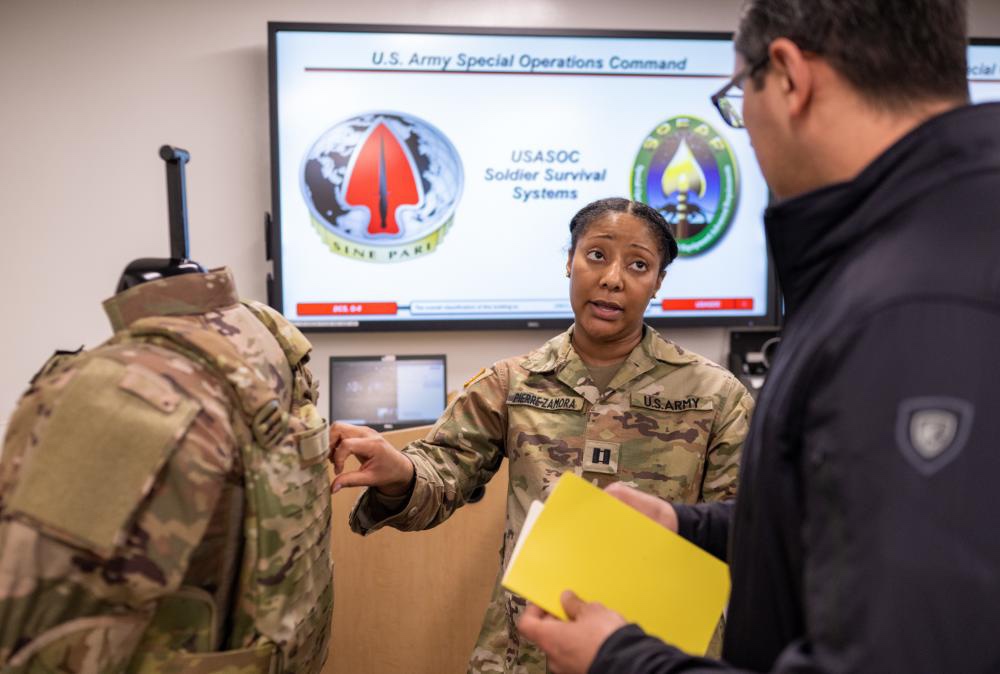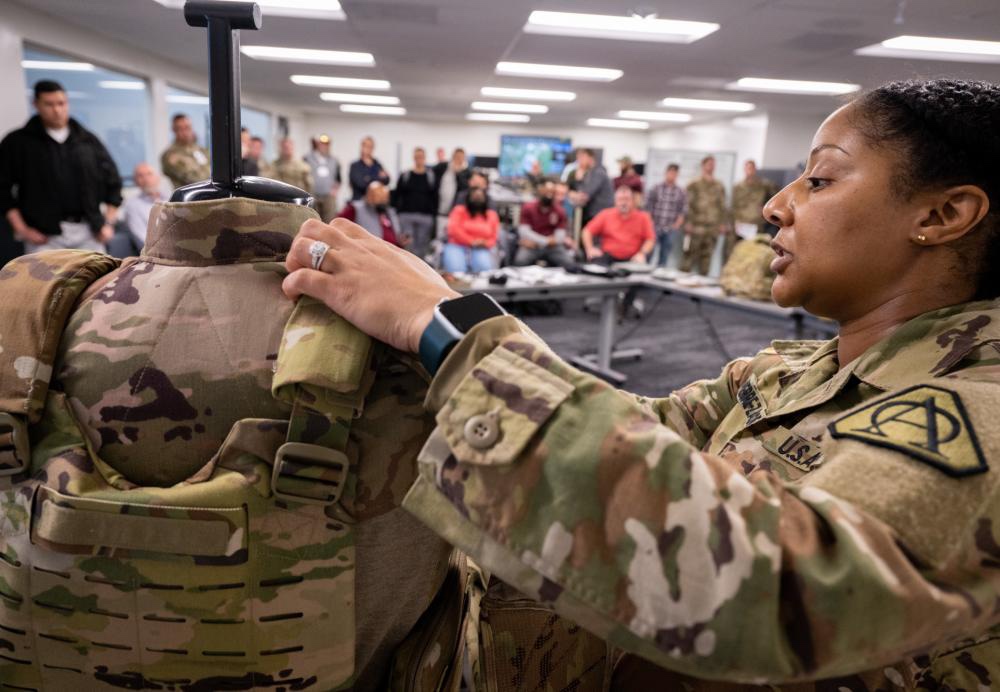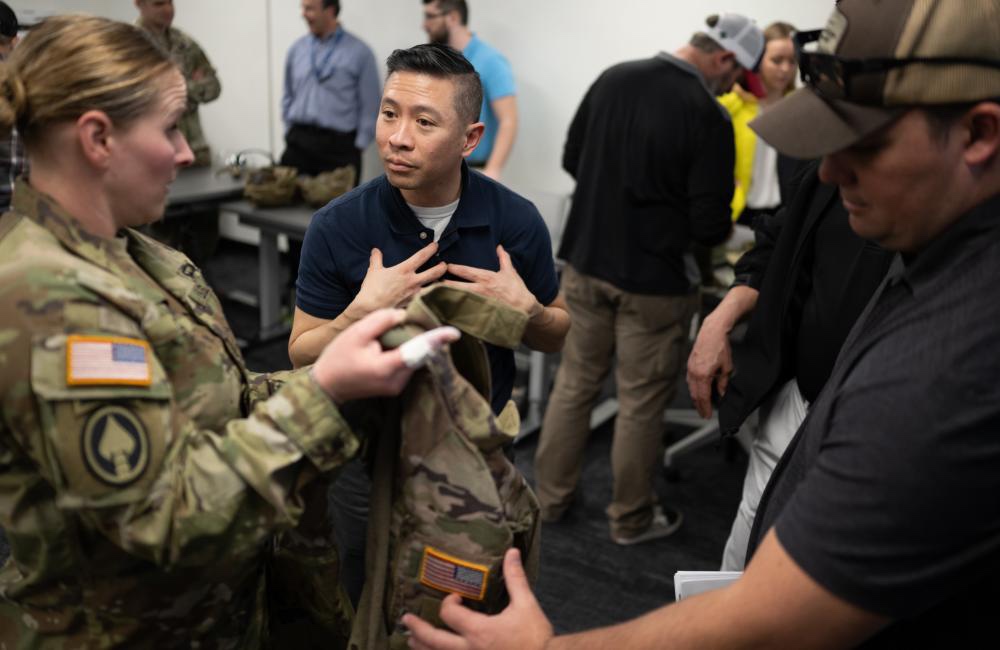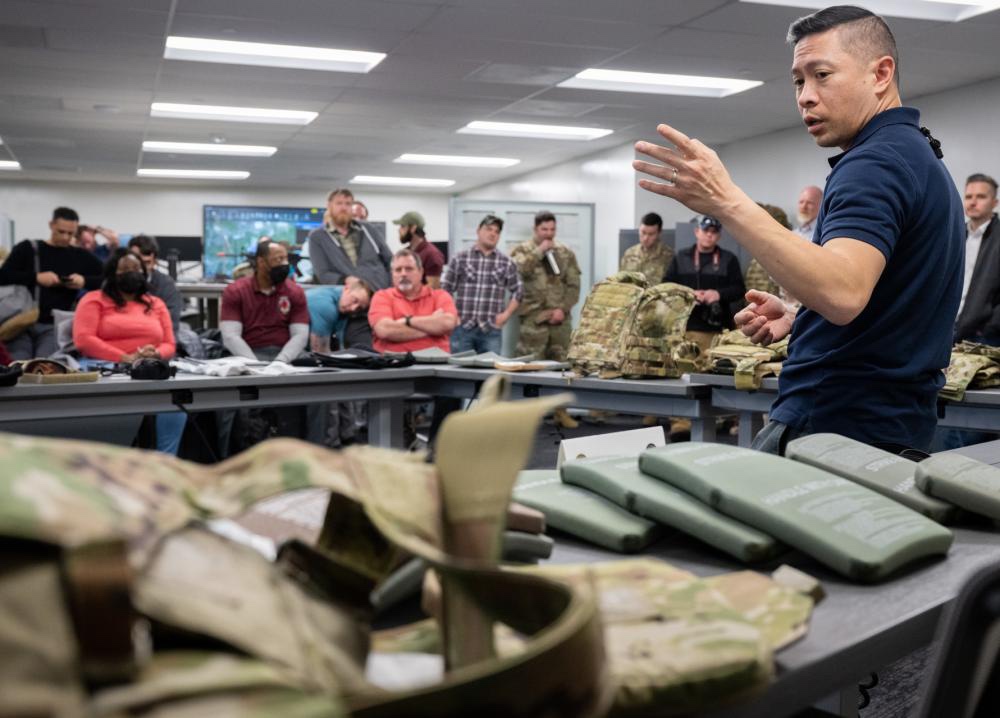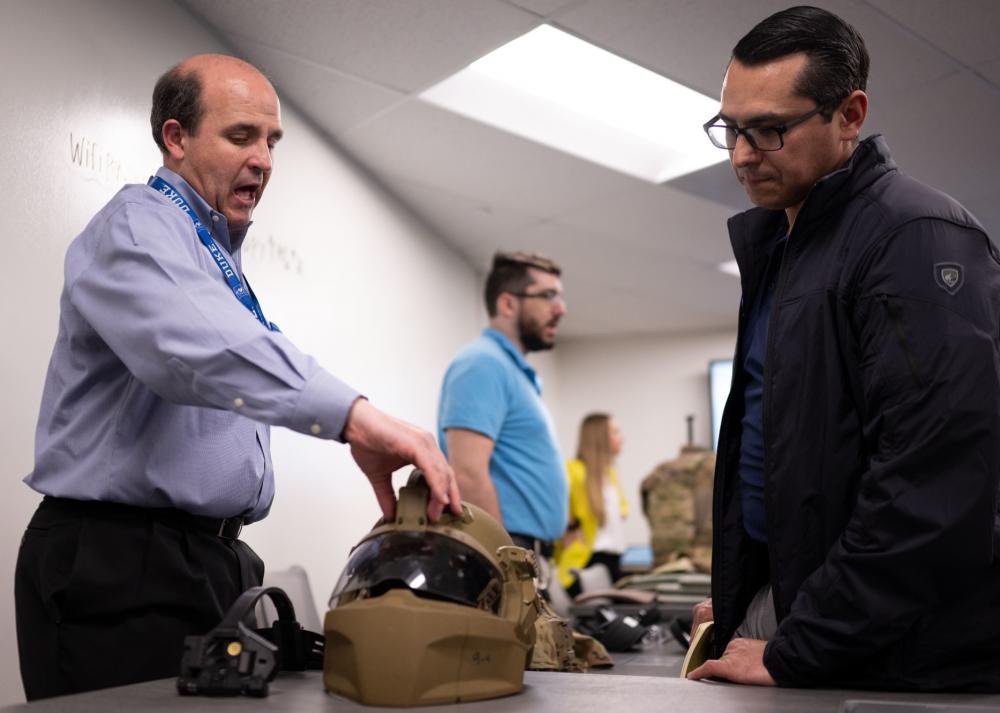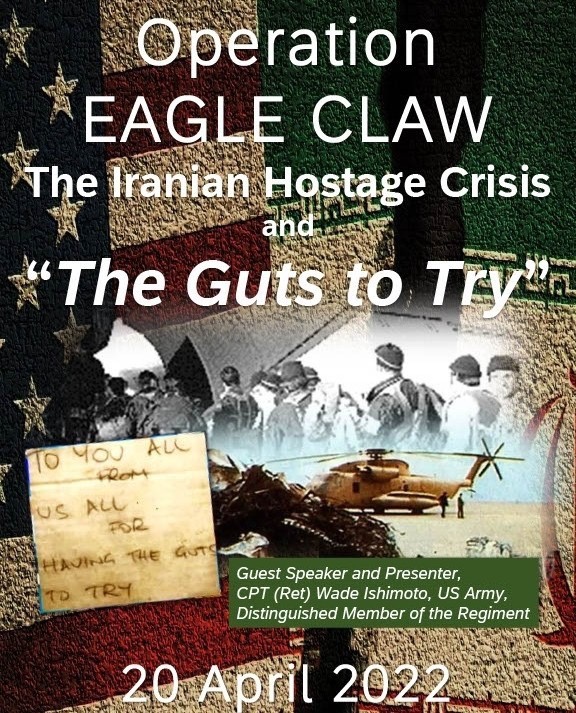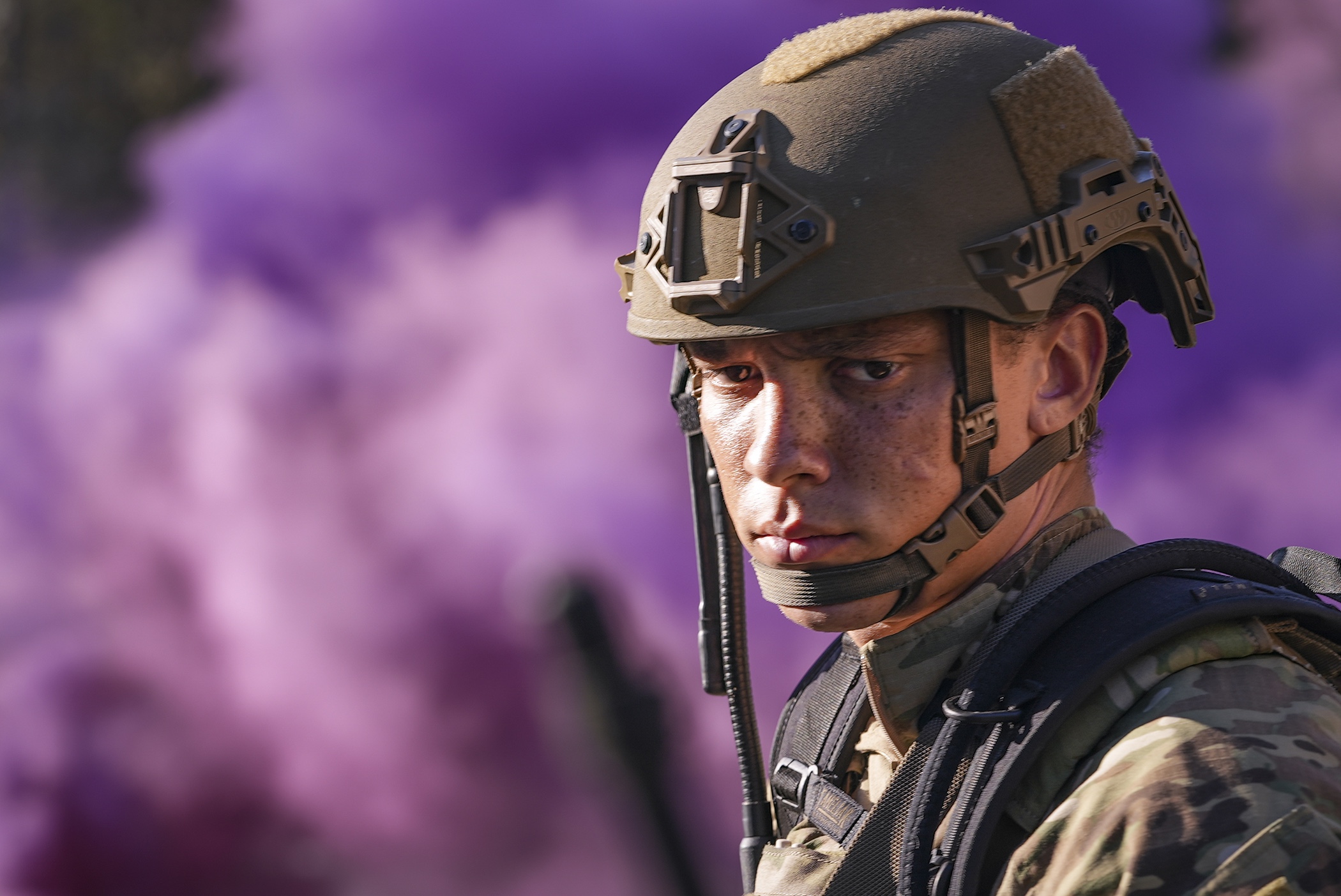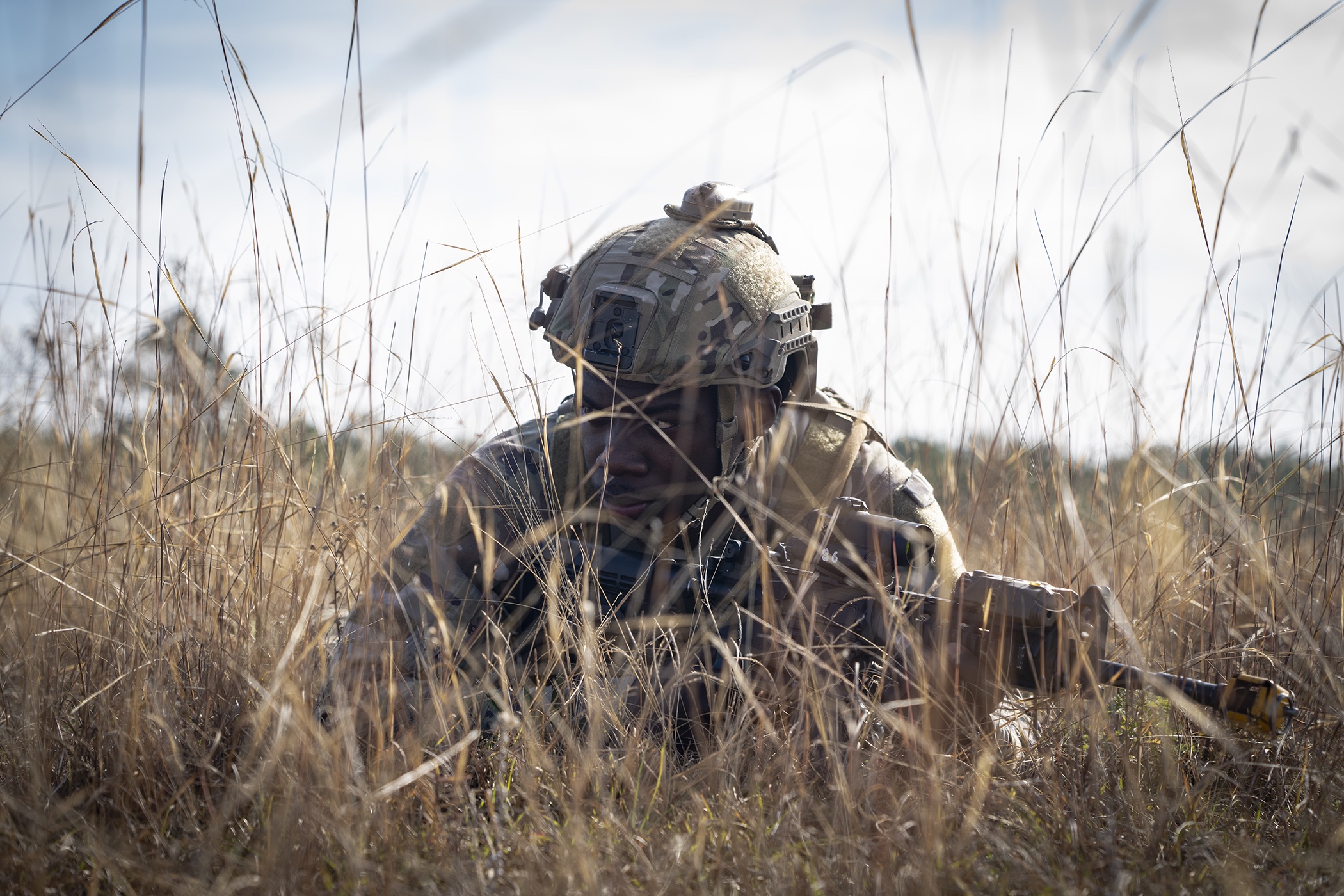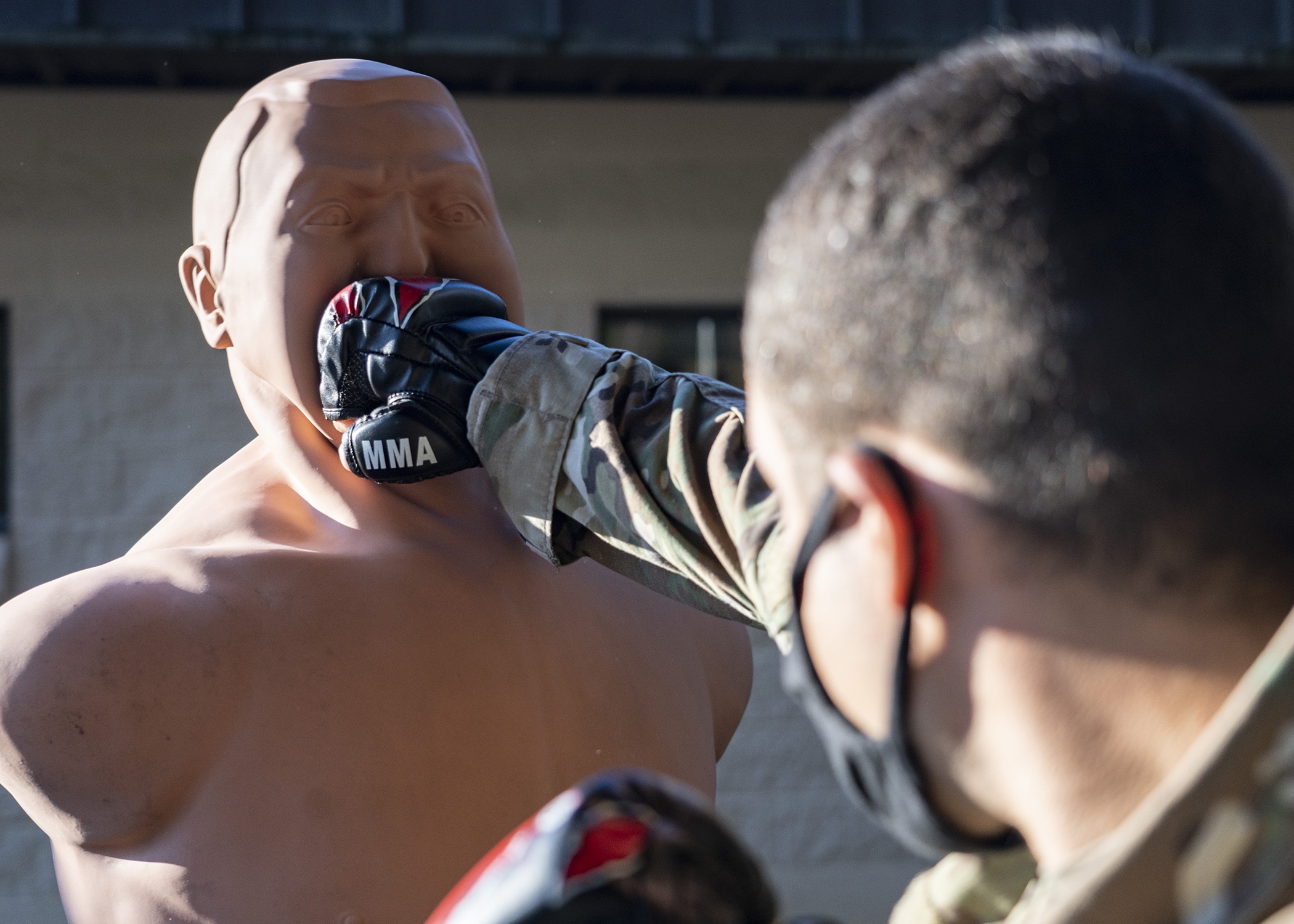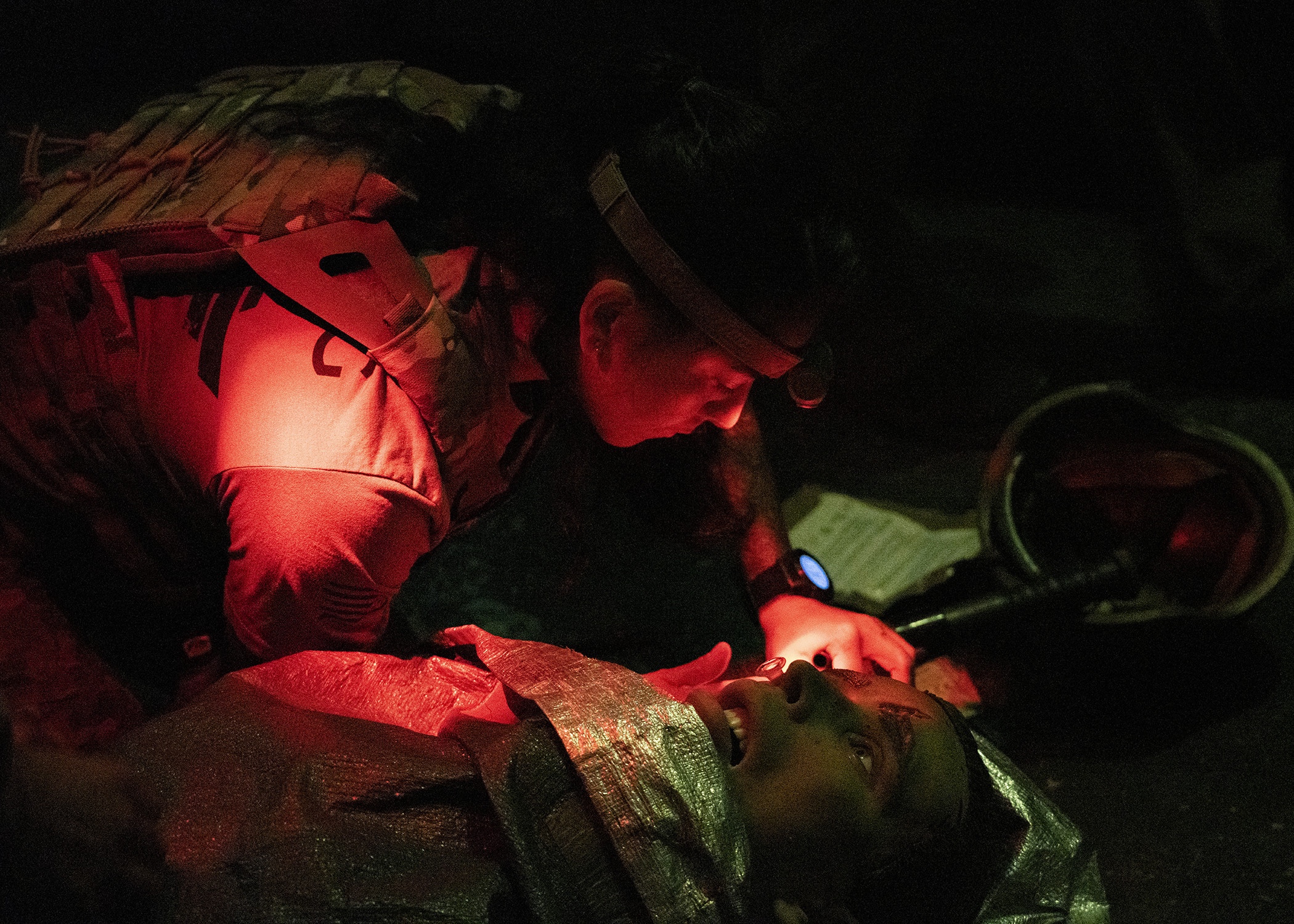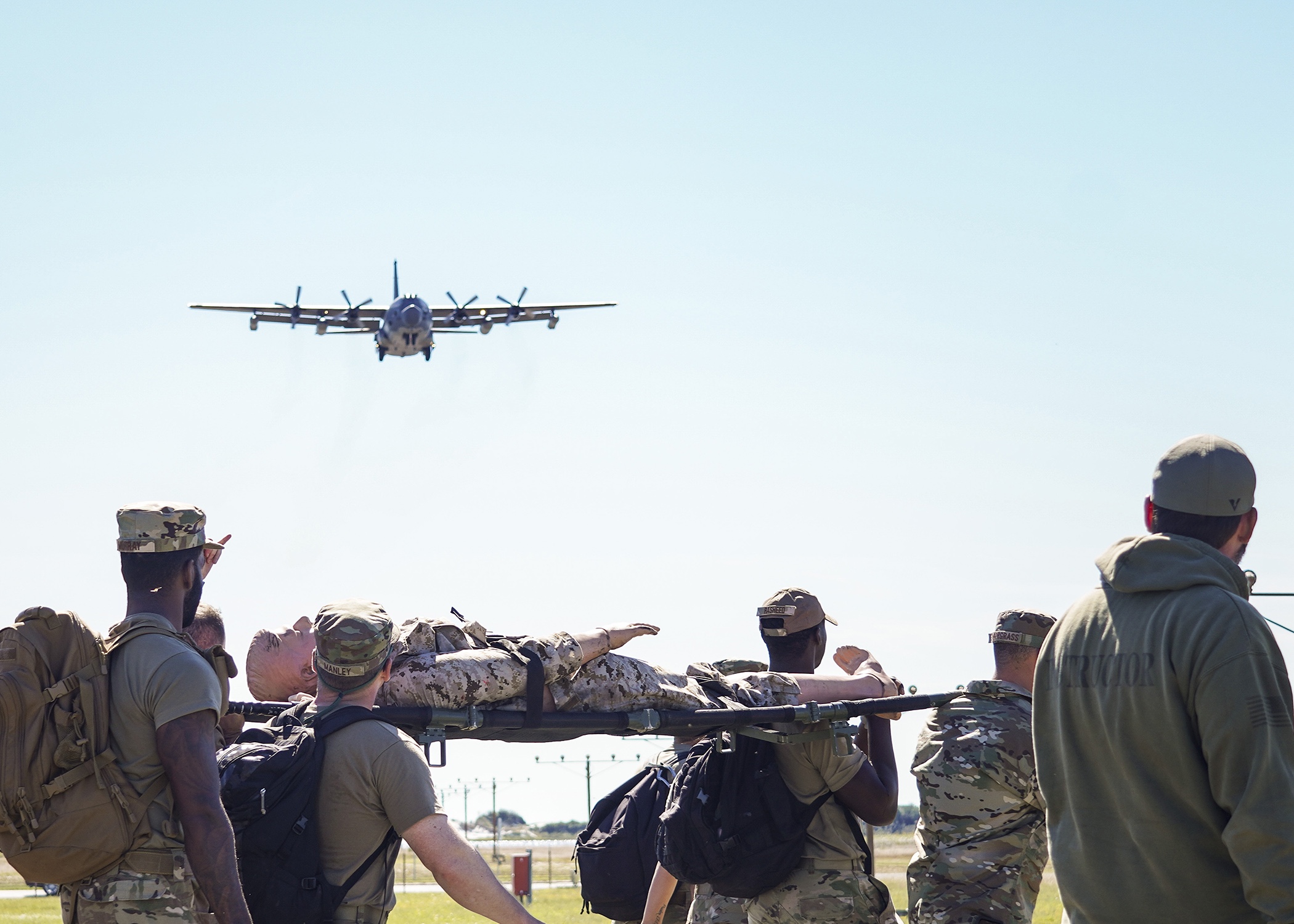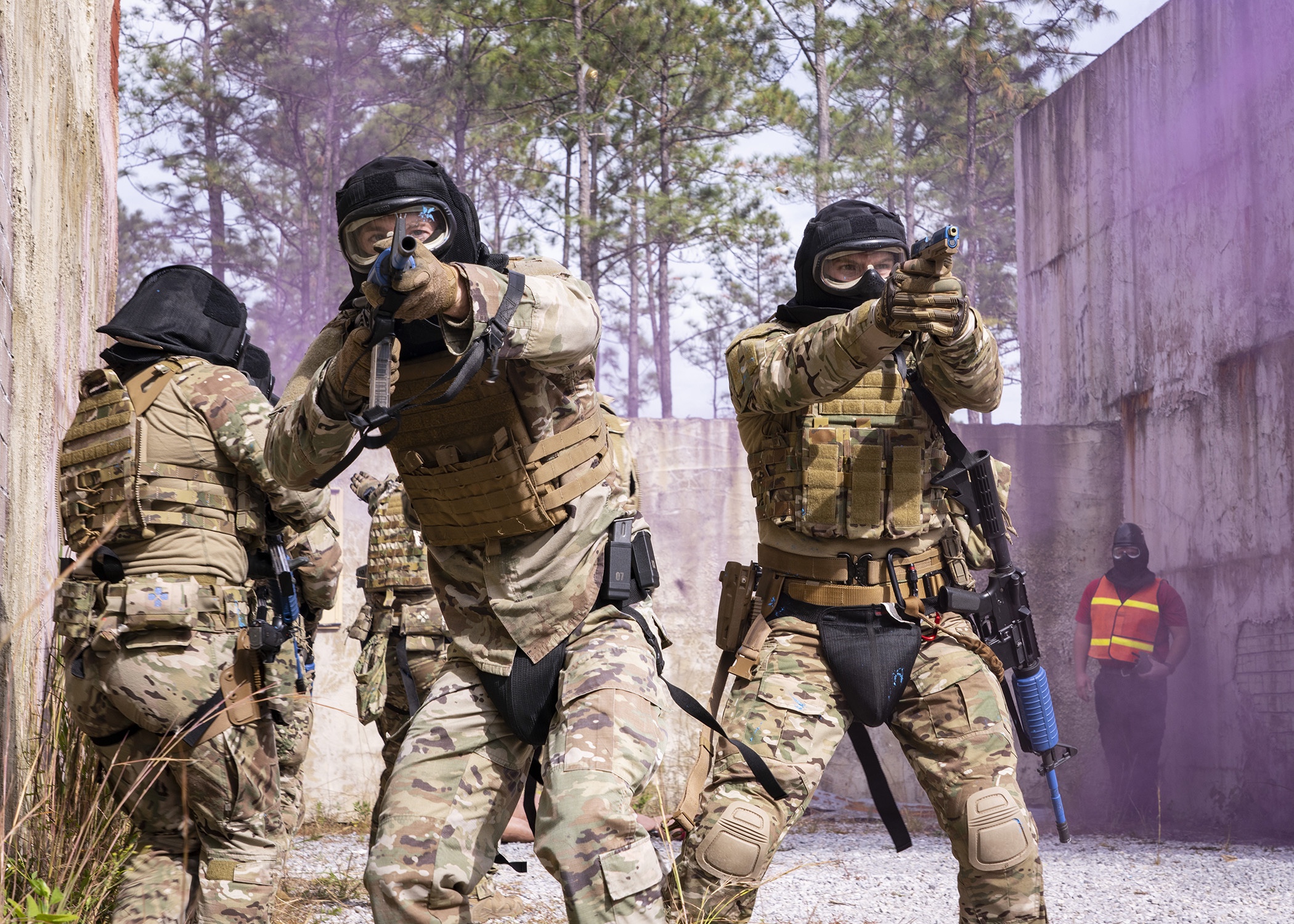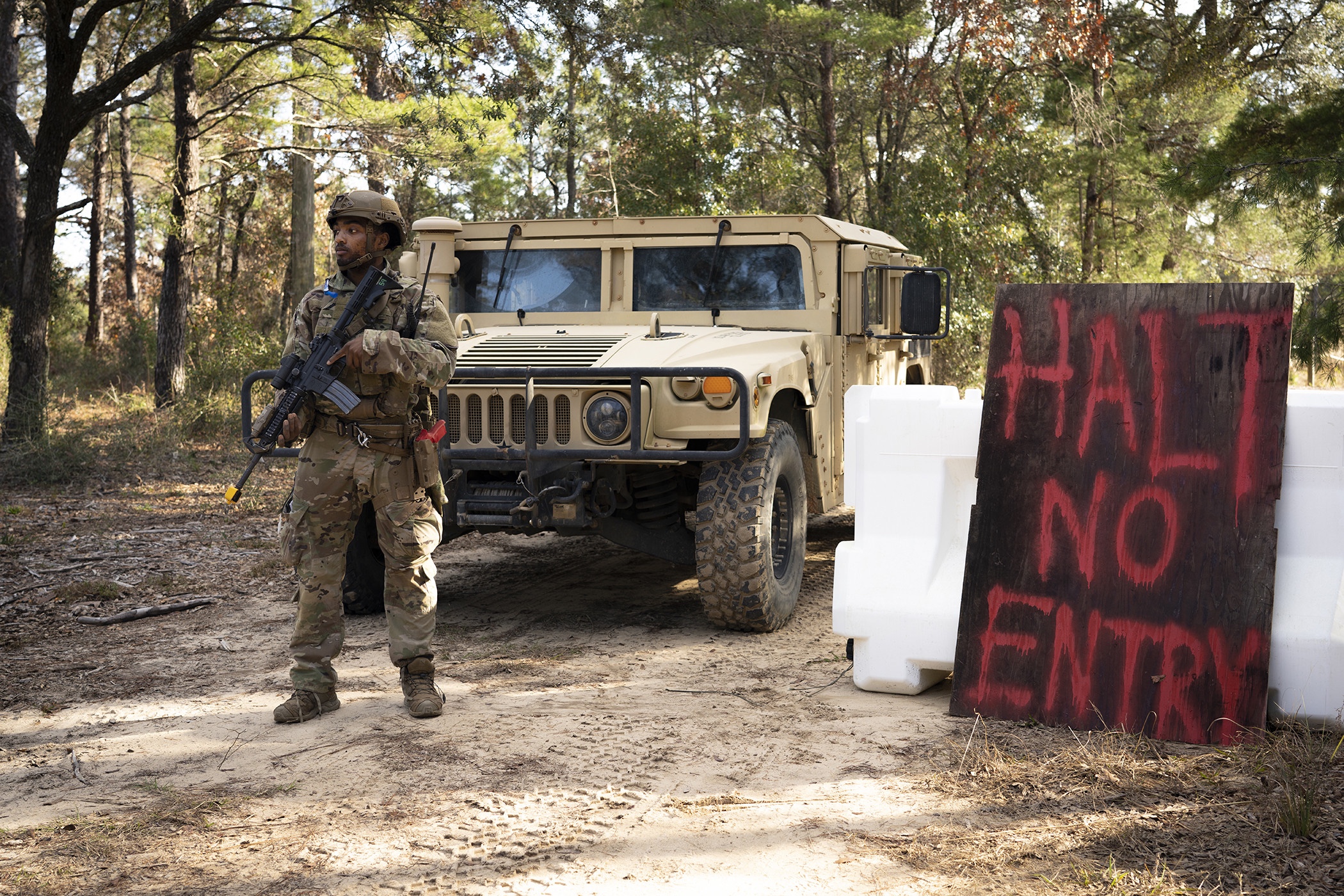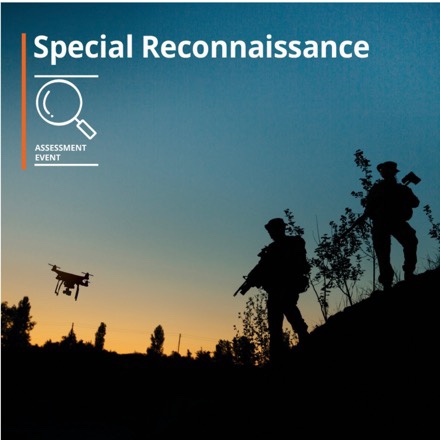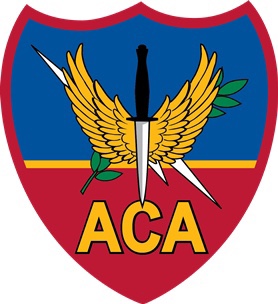
HURLBURT FIELD, Fla. —
Past and present Air Force Special Operations Command Airmen were recognized for their dedication and hard work by the Air Commando Association.
Due to COVID-19, the Air Commando Association’s Heritage Seminar Breakfast and the Awards Banquet were not held.
The following Airmen were recognized for receiving Commander’s Leadership Awards:
Technical Sgt. Andrew T. Flynn, 23rd Special Operations Weather Squadron, Det 1
First Lt. Brittany K. Brown, 4th Special Operations Squadron
Technical Sgt. Adam C. Long, 720th Operational Support Squadron
First Lt. Erik A. Lolland, 720th Operational Support Squadron
Technical Sgt. Arthur W. Mapp, 27th Special Operations Group
Captain Jonathan C. Edwards, 27th Special Operations Aircraft Maintenance Squadron
Staff Sgt. James R. Evans, 58th Aircraft Maintenance Squadron
Major Jacob L. Wiseman, 58th Special Operations Wing
Master Sgt. Robert T. LeMay, 352nd Special Operations Squadron
First Lt. Ryan M. Laube, 352nd Special Operations Support Squadron
Technical Sgt. Jeremy D. Morlock, 353rd Special Operations Support Squadron
Captain Zachary R. Maginnis, 1st Special Operations Squadron
Staff Sgt. Trevor L. Rohrer, 524th Special Operations Squadron
Captain Riley A. Feeney, 492nd Special Operations Training Support Squadron
Technical Sgt. Keith A. Proze Jr., 2nd Special Operations Squadron
Captain Jason M. Morris, HQ AFSOC/A3
Technical Sgt. Brett E. Rush, Data Masked
Major Michael J. Lintz, Data Masked
The following awards were presented:
Chief Hap Lutz AFSOC Commando Medic of the Year – Tech. Sgt. Stephen M. Sauer, Data Masked
Senior Airman Julian Sholten Intelligence, Surveillance, and Reconnaissance Operator of the Year – Tech. Sgt. Nicholas A. Lord, 25th Intelligence Squadron, RAF Mildenhall, U.K.
Operational Squadron of the Year – 7th Special Operations Squadron, RAF Mildenhall, U.K.
Deployed Aircraft Ground Response Element Member of the Year – Staff Sgt. Ethan C. Pierce, 352nd Special Operation Support Squadron, RAF Mildenhall, U.K.
Special Tactics Operator of the Year (Enlisted Category 2020) – Tech. Sgt. Adam Anderson, 17th Special Tactics Squadron, 24th Special Operations Wing, Ft. Benning, Georgia
Special Tactics Operator of the Year (Operator Category 2020) – Capt. Brandon Farrell, 320th Special Tactics Squadron, 353rd Special Operations Wing, Kadena Air Base, Japan
Special Tactics Heart of the Team Member of the Year – Master Sgt. James A. Olk, 720th Operational Support Squadron
The following recipients were inducted into the ACA Hall of Fame:
Colonel (ret.) Timothy Hale – Hale excelled as an MC-130E/H crew commander and instructor/evaluator and an AC/MC-130J instructor. From his first combat mission as an MC-130E pilot in the lead aircraft over Point Salinas, Grenada, Hale led from the front with professionalism, courage, a keen sense of humor, and respect. He commanded an Expeditionary Group and Wing, flying missions and riding resupply convoys during Operation IRAQI FREEDOM. Upon retirement, he continued to serve Air Commandos as an aircrew accession instructor with the 58th Special Operations Wing.
Lieutenant Col. Bill Schroeder (posthumously) – As an officer-in-charge and then commander of the Special Operations Weather detachment at Ft. Bragg, North Carolina, his steadfast leadership of low-density, high-demand Special Operations Weather Team (SOWT) operators was critical in ensuring premier weather support to the 3rd and 7th Special Forces Groups as they deployed during Operations ENDURING and IRAQI FREEDOM. He later led the effort to modernize the Battlefield Airman training program and played a role in establishing the Special Warfare Training Wing. Schroeder laid down his life after confronting an armed assailant determined to inflict harm to the men and women under his charge. He was posthumously awarded the Airman’s Medal and honored by the Air Force Portraits in Courage for his valor and selfless sacrifice.
Major (ret.) Dan Turney – Turney was an MH-60 initial cadre pilot in the 55th Special Operations Squadron, the first H-60 unit in the U.S. Air Force. He was the first MH-60G special mission planner for the 1st SOW and Joint Special Operations Command (JSOC). He deployed as an MH-60G Combat Search and Rescue mission manager during Operations JUST CAUSE and DESERT STORM, coordinating over 40 combat missions. After retirement, Turney served as an AFSOC operations analyst and developed the first formal Aviation Foreign Internal Defense Concept of Operations and Roadmap for the 2006 and 2009 Quadrennial Defense Reviews.
Chief Master Sgt. (ret.) William C. Markham – Markham served as the senior enlisted leader of the Joint Special Operations Air Detachment and Combined Joint Special Operations Air Component in combat. He was the first U.S. Airman on the ground in Afghanistan a mere five weeks after September 11, 2001. Then-Sergeant Markham controlled close air support that decimated the ranks of the Taliban, and ultimately liberated Bagram Air Base and Kabul International Airport, and returned the U.S. Embassy to American control. For gallantry in action, he received the Silver Star. As an AFSOC Command Chief, he led the growth and re-missioning of the 352nd Special Operations Group integrating the MC-130J Commando II and CV-22B Osprey weapons systems. Markham personally enabled hundreds of thousands of dollars in scholarship funding and pro-bono legal support to American service members and their families.
Senior Master Sgt. James Lackey (posthumously) – Lackey’s outstanding professionalism and personal leadership were vital to building the readiness of the 8th Special Operations Squadron, AFSOC’s first operational CV-22B squadron, and prosecuting the squadron’s mission during the global war on terrorism. From 1992-2006, Lackey served with distinction as an Instructor and Flight Examiner for the MH-53 Pave Low Models J/M. His leadership, courage, and superior airmanship were evident during Operations PROVIDE PROMISE, UPHOLD DEMOCRACY, BEVEL EDGE, ALLIED FORCE, ENDURING FREEDOM, and IRAQI FREEDOM. He was awarded the Distinguished Flying Cross for heroism as well as the Meritorious Service Medal and Air Medal. He excelled as a CV-22 flight engineer during combat deployments supporting OIF and OEF. Lackey gave his last full measure on April 9, 2010 during a combat mission in Afghanistan.
The ACA recognizes retired and active duty Special Operations Forces Airmen by honoring their achievements as well as providing support to Air Commandos and their families.
By SSgt Brandon Esau, Air Force Special Operations Command Public Affairs
